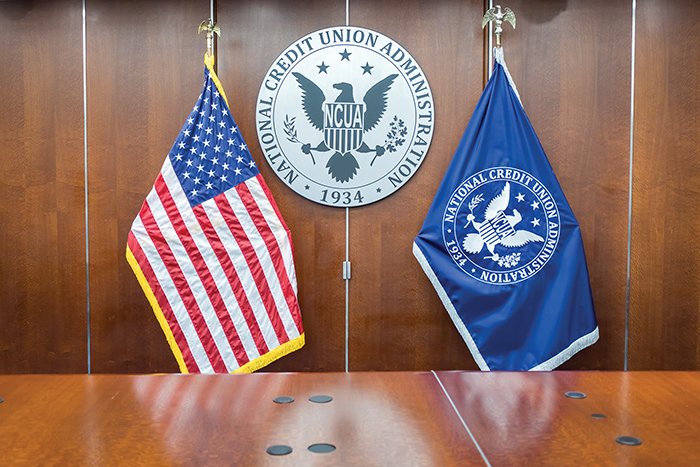 A new product launched by NCR Wednesday could mean the software that makes many ATMs work will soon reside in the cloud.
A new product launched by NCR Wednesday could mean the software that makes many ATMs work will soon reside in the cloud.
The new NCR Kalpana enterprise software platform runs self-service devices remotely, initially through a thin-client Android platform, and could reduce the cost of ATM ownership by up to 40%, NCR said Wednesday. ATM operator Cardtronics is apparently already piloting the software in ATMs in Frisco and Plano, Texas.
"It's one of the biggest announcements we've made in years at NCR within our financial services division because we do believe this is arguably one of the most disruptive announcements in new technologies to hit the ATM industry in decades," said Brian Bailey, pictured at left, who is vice president of software and branch transformation at NCR.
Recommended For You
ATMs typically run on thick-client technology, which requires each ATM to have a PC core and an operating system, as well as applications that reside in the machine itself, Bailey explained. Thin-client devices use mobile- and tablet-based technology such as the Android operating system, and the applications reside in the cloud.
"Think about four or five years ago when you bought your new desktop computer. There were hours of loading software, configuring changes. Whereas now, we buy a new Android tablet or smartphone and we're kind of up and running 30 minutes out of the box. That's the sort of technology we're applying here," he said.
Shifting to cloud-based operating systems could prevent a variety of fraud problems, he said. "With no more PC core and a thin-client operating system, there are no more points of compromise. There are no more USB ports where criminals can plug devices into, and that's why we're really locking down that system in a very easy, can-do way," he said.
"This is a private cloud sort of environment, so we are well within the firewalls of financial institutions in terms of how they protect their data and how they protect really all consumer channels, whether it's mobile and online channels," Bailey added. "We're just basically falling into that same cloud-based architecture. And we're doing it in a way that actually increases security for members."
Bailey said pricing won't be much different compared to existing offerings, but the value proposition will be.
Moving ATM software to the cloud could reduce the cost of ownership by $540,000 to $800,000 a year for every 100 ATMs, NCR said. That translates to between 27% and 40% savings, Bailey added. Primarily, the savings come from not having to visit every ATM to do physical software installations or updates — that's all done remotely. "We don't have that ongoing cost of constant Windows upgrades that have become a real problem for the industry," he added.
In conjunction with the launch, NCR, which is based in Duluth, Ga., unveiled the NCR Cx110, which is a modern-looking ATM with a curved interface on a thin bezel. A 10-inch touchscreen replaces the traditional pinpad. "We don't have to have a big heavy infrastructure for this device. You'll see is it's lighter, it's thinner, it's more aesthetically pleasing and quite frankly, we think consumers are going to adopt it just fine just because they're used to using this sort of technology every day," Bailey said.
Bailey said how credit unions process self-service transactions will be an obvious integration point to consider when moving to the cloud.
"We've seen many of our credit union clients actually be the biggest innovators when it comes to new technology to their members," he said. "So we think this is yet another example where they'll be first in line to inquire and deploy this technology.
© Touchpoint Markets, All Rights Reserved. Request academic re-use from www.copyright.com. All other uses, submit a request to [email protected]. For more inforrmation visit Asset & Logo Licensing.






